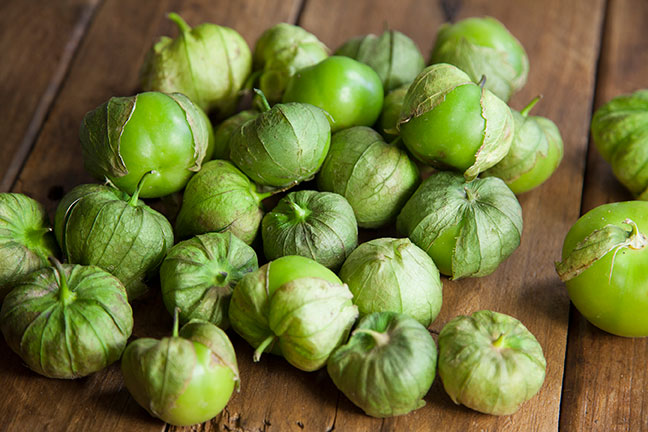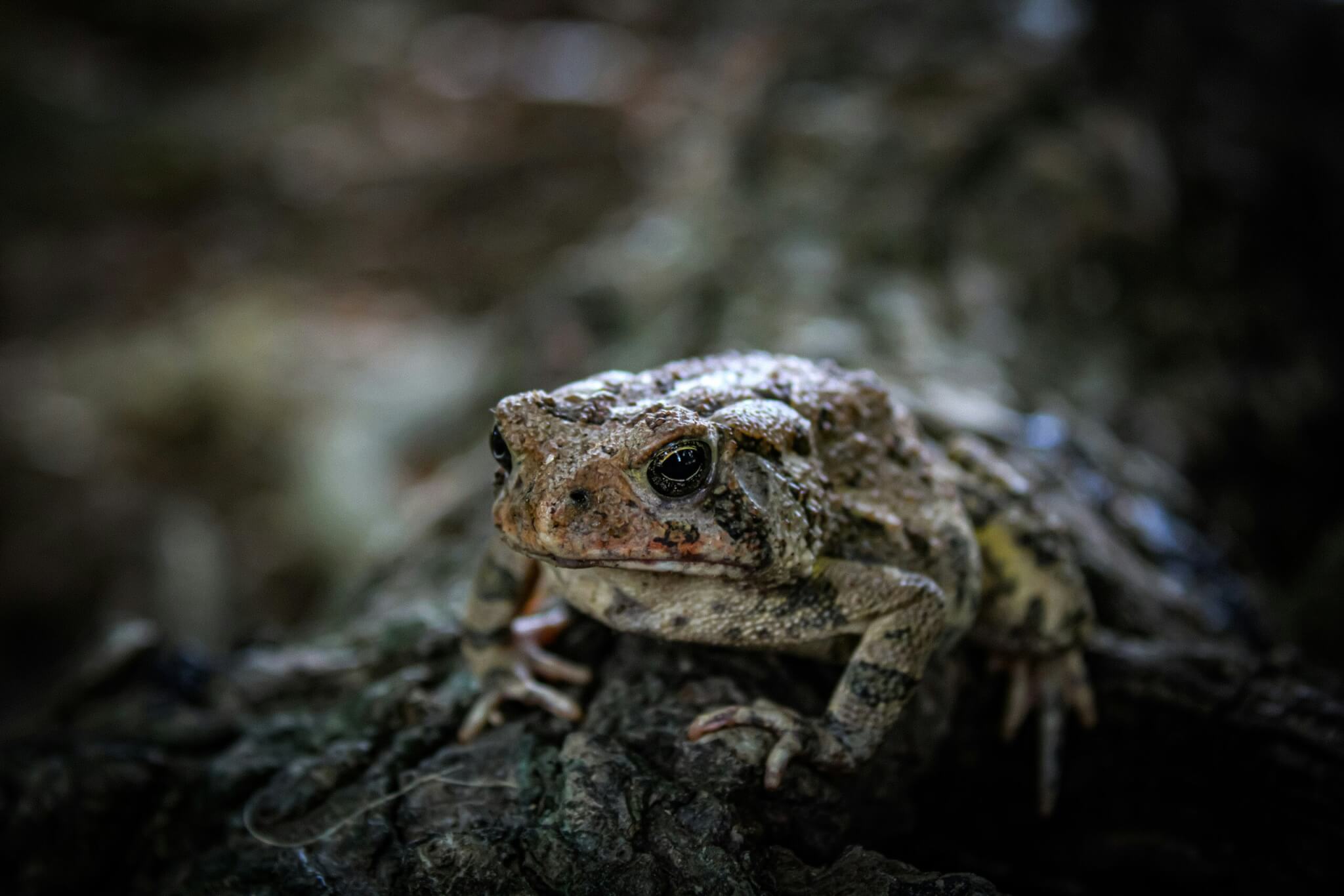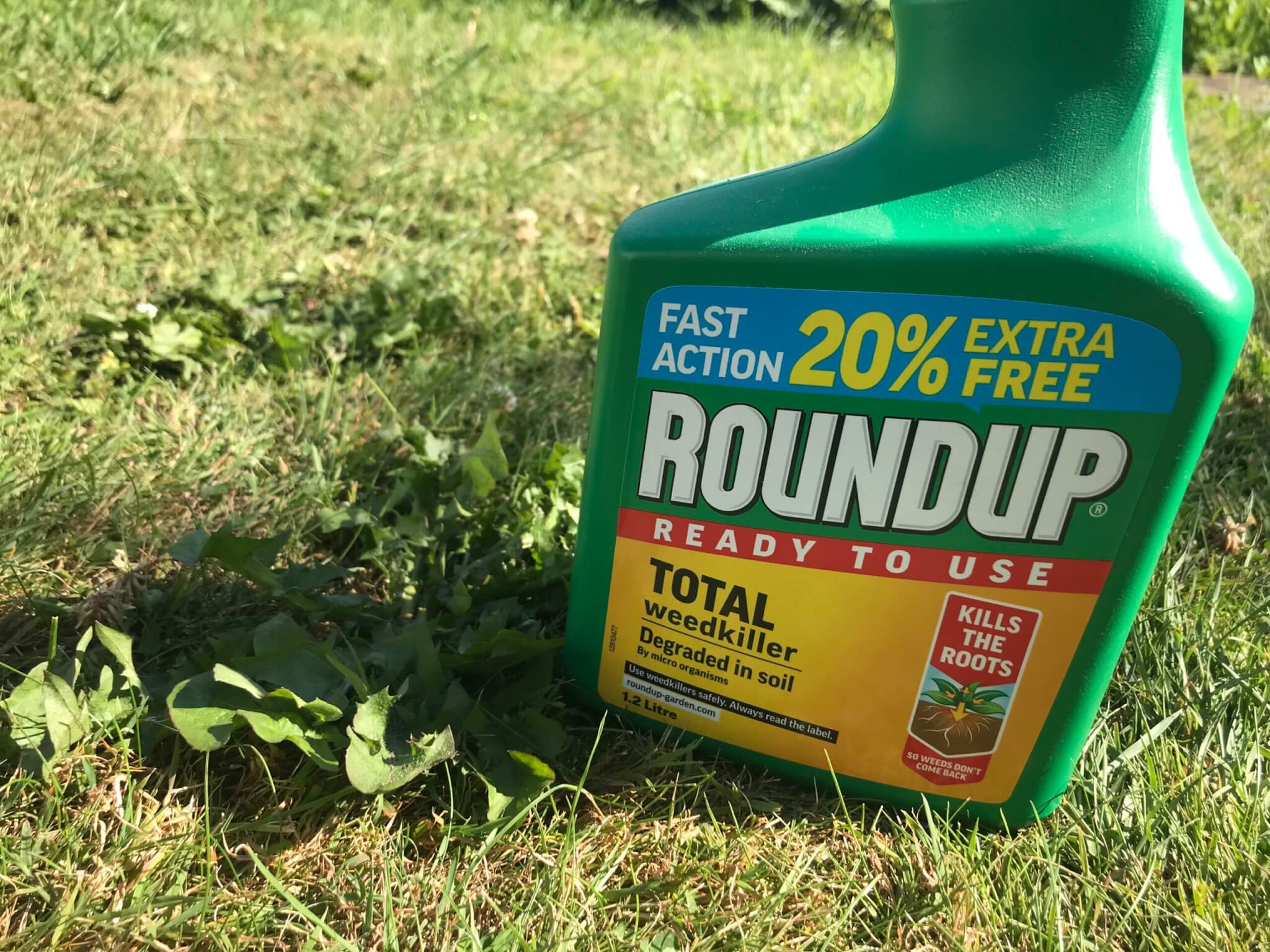This year, apart from the Covid-19 pandemic, the big news has been all about weather extremes. We had a hot June, but with eastern winds, which brought the drought and meant our summer crops established slowly. Then July had unseasonably cold night temperatures and no rain, which brought out a flush of flowers.
From mid-July, the heatwave was back; ‘setting’, or finishing, fruit very quickly and creating an enormous harvest in just two weeks, with plants weighed down with fruit. The beginning of August was also very hot and dry, which prevented new fruit from growing properly – and now it’s raining heavily with fresh nights.
This has affected all our summer crops, like aubergines, peppers, Padron peppers, physalis and tomatillos, which need the heat to set and ripen. As farmers, we are used to unpredictable weather, but these extremes are a sign of how climate change is already making growing even more challenging.

The extreme weather hasn’t just affected our farm. The French grape harvests in the Bordeaux, Bourgogne and Champagne regions began in mid-August, almost a month earlier than normal. This is affecting the manpower available to all veg growers, who are seeing their troops reduced this week as many of the seasonal workers were expected to move on to the grapes in mid-September, not in August.
This time of year, we’re just about to start picking cucumbers (big and mini) from our polytunnels, where we also grow aubergines, sweet mini peppers and Padron peppers, which should run until mid-October. Outdoors, we’re currently picking Cos lettuce, as well as around 50,000 sweetcorn cobs to deliver throughout August.
We also grow some of the more unusual crops, like physalis (or cape gooseberry), and tomatillos, which looks like green tomatoes enveloped in a husk. They attract very few pests; mainly butterflies and their caterpillars, which make holes in the plants. On the plus side, bumblebees love their nectar, especially in July when the tomatillos are in full flower.
Then it’s on to the autumn squashes, with Butternut and Kabocha available from the end of August right the way through until January. With all that going on, it’s certainly a busy, and colourful, end to summer.













0 Comments